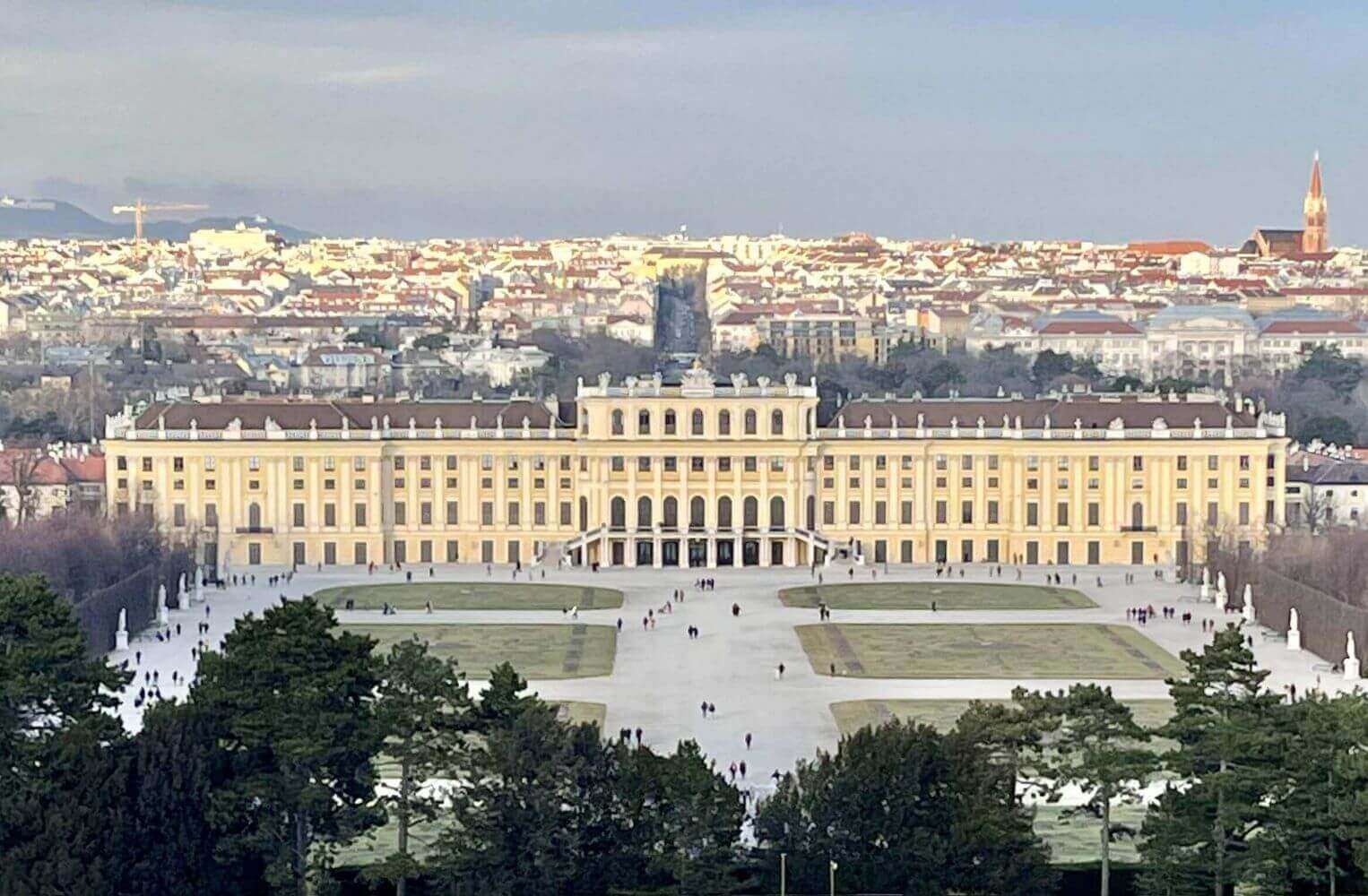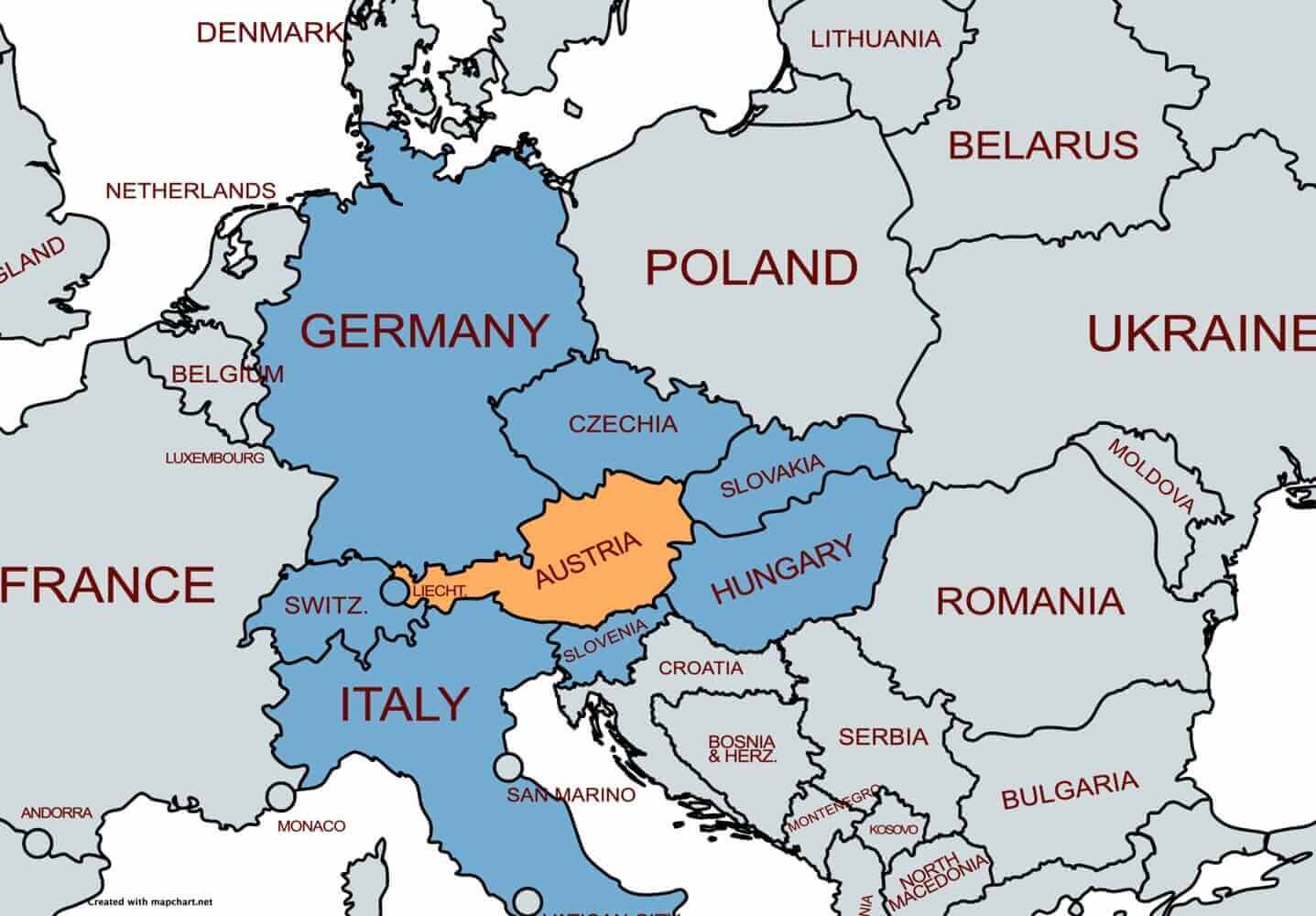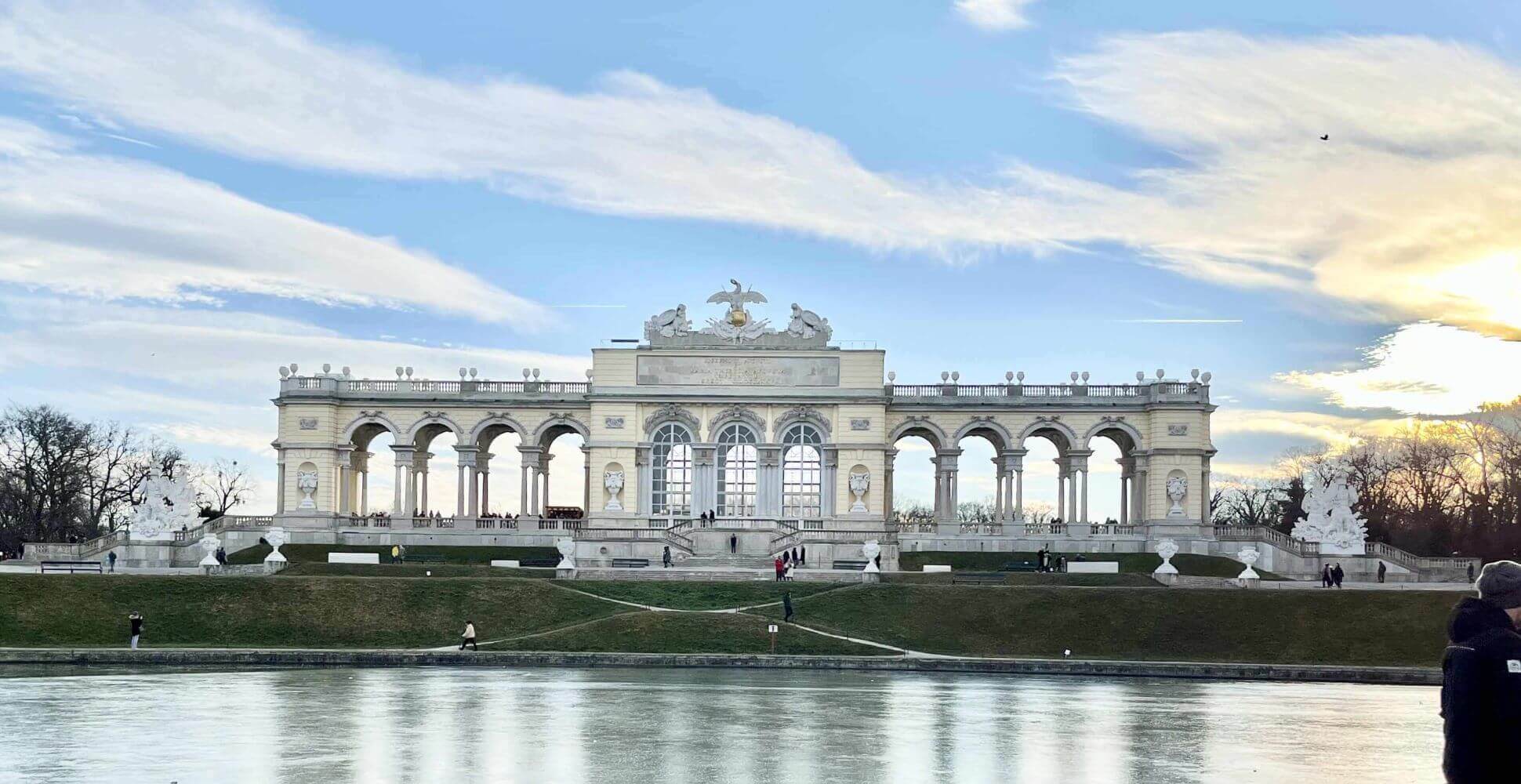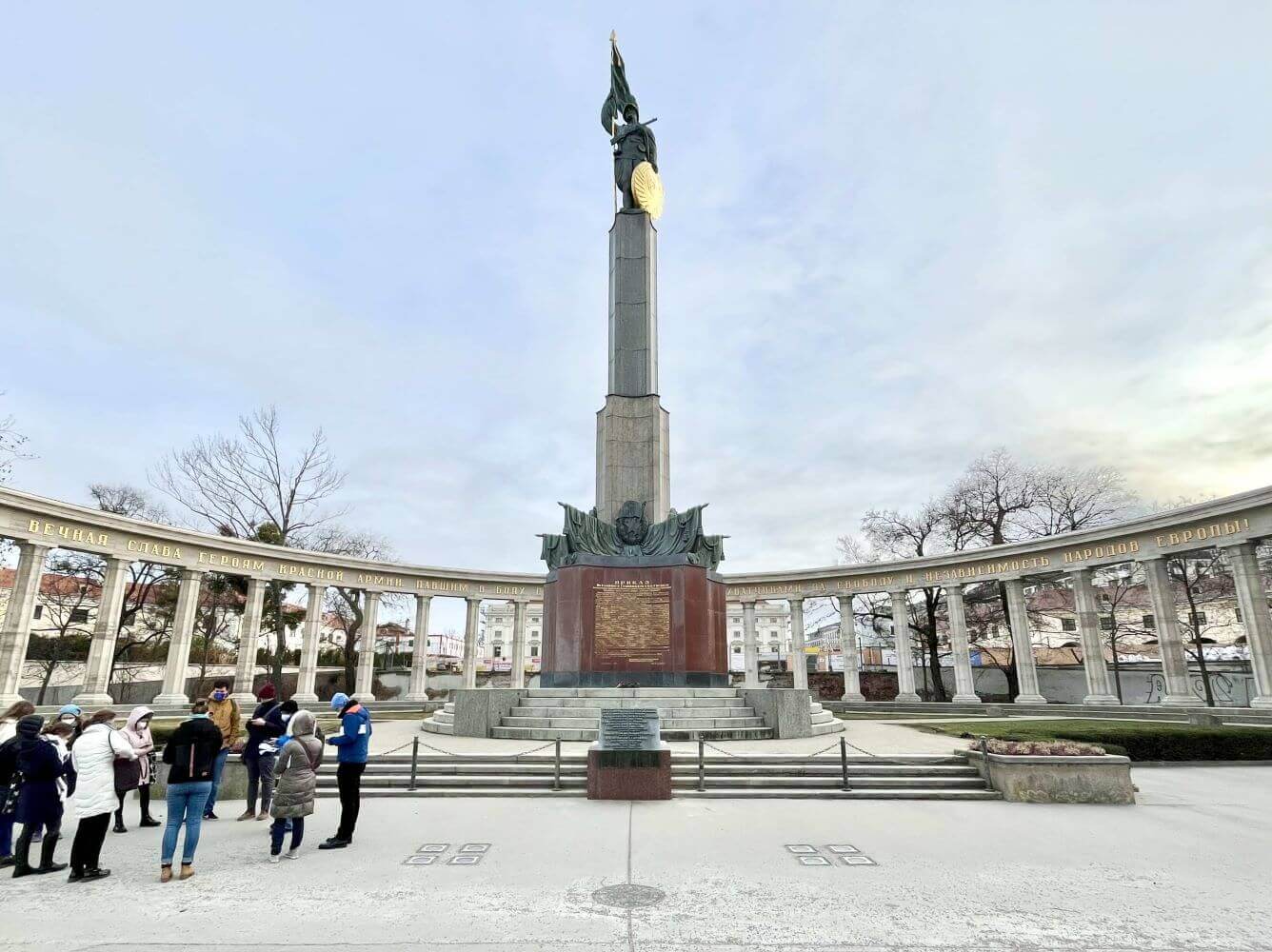
I visited Austria in January 2022 with a college friend, as part of our Hungary-Slovakia-Austria trip. Vienna (Austria’s capital) was a mere one-hour train ride from Bratislava (Slovakia’s capital). My first impression of the city was negative, as I was distraught that their public restrooms were not free of charge. I acknowledge it cost less than a euro, and that the price one pays is fair given that the city must maintain it and keep it clean (which they do). Nevertheless, I stubbornly opted to walk around with a swollen bladder for the rest of the day in an act of defiance. Austrians are astonishingly law-abiding – even if there is not a single car in sight, pedestrians refuse to cross the street until the light turns green, and they look at you accusingly if you violate this curious ritual. Hardly a pleasant custom for a tourist whose sole life objective is to urgently find a free toilet.
Vienna exudes culture and sophistication. Most of its famous buildings and monuments were constructed during the 18th century in the Baroque style, which originated in Italy and was inspired by the Renaissance. Baroque architecture is characterized by impressive, ornate monuments that usually include painstaking attention to symmetry. I cannot think of a single palace or garden I visited in Vienna that was asymmetric, and although I found the city splendid, my quixotic side did start to yearn for something more unexpected. I believe it is impossible to count how many museums Vienna has. I appreciated the Natural History Museum in particular, which has the most diverse and detailed wildlife exhibit I have ever seen. In search of Austrian pastries, my friend dragged me to Café Central, a famous café that has attracted many influential people including Trotsky, Stalin, Hitler, Tito, and Freud.

Over the last millennium, most of Austria’s history was tied to the Hapsburg royal family. From 1440 until 1740, the Hapsburgs ruled over the Holy Roman Empire, a massive country that included most of modern-day Germany, Switzerland, Czech Republic, and parts of France, Italy, Poland, Belgium, the Netherlands, and Luxembourg. After this empire was dissolved, the Austrian and Hungarian Empires united in 1867 underneath the Hapsburg banner to form the dual monarchy of Austria-Hungary. This empire became one of the most influential actors in Europe and was a key player in World War I. Austria-Hungary was split up after the war, and Austria aligned itself with Germany during the Interwar period. Hitler (who himself was Austrian) annexed Austria into Germany in 1938, which was a popular move at the time. Austria continued to be part of the German Reich throughout World War II.

After the end of the war, Austria was occupied by the USSR, the US, the UK, and France. Each of the victorious powers controlled a region of the country. Like Berlin, Vienna was also partitioned between the 4 powers, and was surrounded by the USSR zone. Although Germany remained split in half throughout the Cold War, Austria reunited and regained complete independence in 1955 because it agreed to be a neutral country, which was acceptable to both the US and the USSR. Since then, Austria has become well integrated in Europe. I visited a museum depicting Austria’s role in the Holocaust, which I thought did a good job of portraying the complexities of historic memory. Austria could be viewed as the first victim of Nazi aggression or as its foremost collaborator; both perceptions probably have some foundation in truth, but it is important to acknowledge that history is rarely black and white.
The Schonbrunn Palace was built during the 17th century and served as a vacation home for the Hapsburg monarchy. After the fall of the monarchy in World War I, Austria converted it into a museum. When the Allied Powers occupied Austria at the end of World War II, they used it as a base, since its large space made it useful for conducting meetings and coordinating logistics. The Schonbrunn Gardens are vast and abound with statues and monuments that are largely inspired by ancient Rome. The edifice shown in this picture is the Gloriette, which towers over the gardens on the top of a hill. Nearby is the Neptune Fountain, named in honor of the Roman god of the sea.

Vienna’s Pestsaule or Plague Column was erected in 1694 by Emperor Leopold I to commemorate the victims of the 1679 plague, that killed around 75,000 people in Vienna alone. The bubonic plague, or Black Death as it was morbidly called, ravaged Europe throughout the Middle Ages. Its death rate varied by region, but typically had a 30-70% mortality rate. Suddenly covid does not seem so bad anymore. As you can see, the column is ornate, and appears quite festive from a distance, so I found this an odd homage to the victims of one of the deadliest diseases in history.

The Soviet War Memorial was built in 1945 in honor of the tens of thousands of Soviet soldiers that died during the Vienna Offensive in the last stages of World War II. The Soviet soldier on top of it carries a shield, a machine gun, and a flag. The monument serves as a good reminder of the critical role the Soviet Union played defeating the Nazi regime in Eastern and Central Europe. This memorial stands prominently in the central Schwartzenbergplatz square, which is named after a prominent noble Austrian family.
